The mysterious "strange object" on Google Maps, suspected UFO in Antarctica, shocked the world
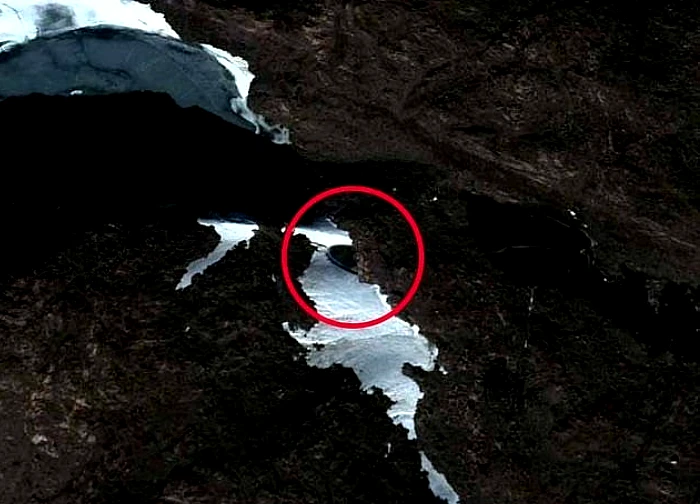
4 | 0 Discuss | Share
According to Daily Mail, a boy in Essex, England accidentally became the owner of a treasure worth 8 billion VND. His father gave his son a wooden toy box on his birthday. It is known that this box was a gift from the father's grandfather.
While playing with the box, the boy accidentally discovered a metal object. His father was extremely surprised to discover a gold coin mixed in with his son's coins.
The father suspected that the coin might be valuable, so he took it to experts to be examined. Although it was given to him by his grandfather when he was a child, the man did not know its true value until after his grandfather's death. The coin was then passed on to collectors and its value was verified by expert Gregory Tong of Boningtons auction house. It turned out to be a treasure worth around £250,000 (VND8 billion).
The father said: "My grandfather traveled around the world and collected coins from different countries. He gave me a bag of coins to play with. When I was a child, I used those coins to play pirates. As time passed, those coins seemed to be forgotten until my grandfather passed away and I passed the bag of coins to my son. Unexpectedly, my son was the owner of this special treasure."
Gold coin featuring Queen Anne of Vigo. This coin is one of only 20 minted from 7.5 pounds of gold that the British confiscated from Spanish treasure ships in 1702 after the Battle of Vigo. It is arguably the rarest coin in Britain.
In 1703, when Sir Isaac Newton oversaw their creation as Master of the Royal Mint, they were also extremely expensive and only bought by the wealthy. Another coin had previously sold for nearly £300,000 at auction.
The hunt for ancient treasures always brings a different kind of excitement to those who experience it. Previously, Colombia launched the first phase of an underwater expedition with the target of the San José, a Spanish warship that sank in the Caribbean Sea more than 300 years ago. The ship is believed to contain artifacts worth tens of billions of dollars and it is currently impossible to determine who owns this huge treasure.
Discovered by the Colombian government in 2015 in waters off the port city of Cartegena, San José is often referred to as the "holy grail of shipwrecks".
The San José was a three-masted, 62-gun frigate. It was also the largest warship in the Spanish fleet and likely carried goods from the mines of Potosi, Peru back to the "motherland". Historians and archaeologists believe that the San José brought with it a huge treasure of about 11 million minted gold and silver pesos, a large amount of precious stones and many other valuable items.
According to research, it may have been on its way from Panama to Colombia. The ship sank with the loss of 600 lives on June 8, 1708, during a battle with British ships during the War of the Spanish Succession in the early 18th century.
The Colombian Institute of Anthropology and History (ICANH) said the first phase of the expedition will focus on photographing the ship using “non-intrusive†remote sensors, which will help recover archaeological data from the shipwreck.
These images will then be used to build an archive of undersea archaeological discoveries.
ICANH has also declared the discovery site a national "protected archaeological site" to "preserve its scientific and archaeological value".
The researchers said they also plan to use an underwater vessel with sonar technology, as well as a remotely operated vehicle with various sensors and tools that can descend to the depths of the wreck.
"The government is undertaking an unprecedented project to explore the shipwreck to learn about its history and culture," Culture Minister Juan David Correa said at a press conference in Cartagena on May 22.
The discovery of the San José is important to Colombia because of the ship's treasure trove of cultural and historical artifacts — and the clues they may provide about Europe's economy, society and politics in the early 18th century. But it has also sparked a multibillion-dollar legal battle.
Colombia claims it first discovered San José in 2015 with the help of international scientists.
However, their claim has been disputed by a US-based marine salvage company called Sea Search-Armada (SSA), formerly known as Glocca Morra, which claims to have discovered the shipwreck in the early 1980s.
The SSA has launched a legal battle against the Colombian government in the Permanent Court of Arbitration, claiming that they should be entitled to about $10 billion – half the estimated value of the shipwreck’s treasure. The Colombian government, however, disputes the SSA’s claims.
According to a report released by the SSA, the sinking of the San José and its cargo is believed to have caused financial hardship for merchants throughout Europe and the New World at the time.

4 | 0 Discuss | Share
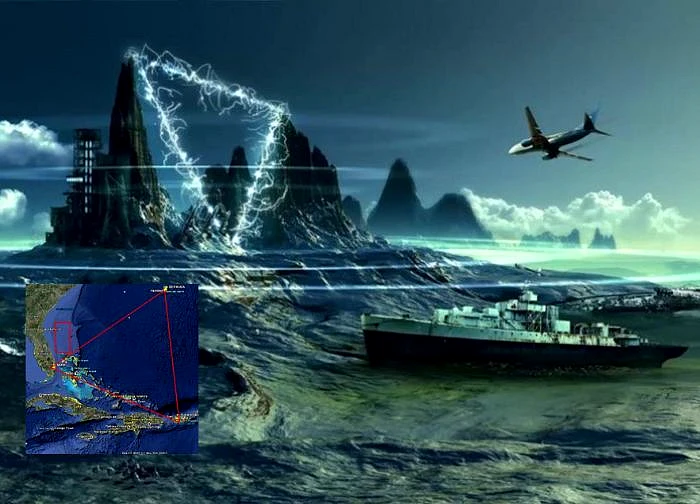
2 | 0 Discuss | Share

1 | 0 Discuss | Share

3 | 0 Discuss | Share

3 | 0 Discuss | Share
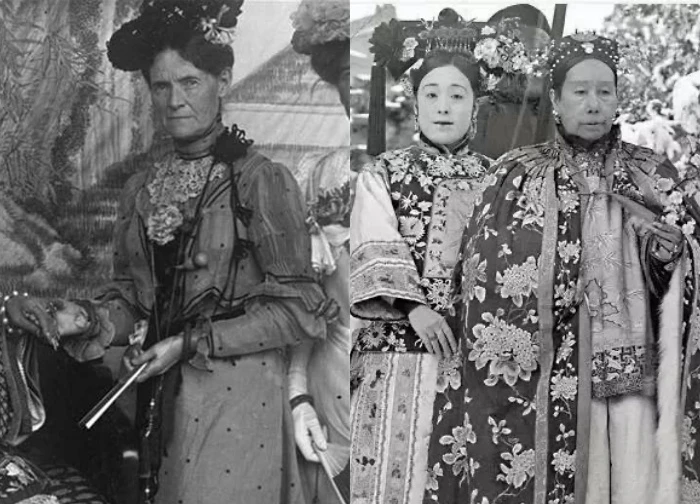
3 | 0 Discuss | Share
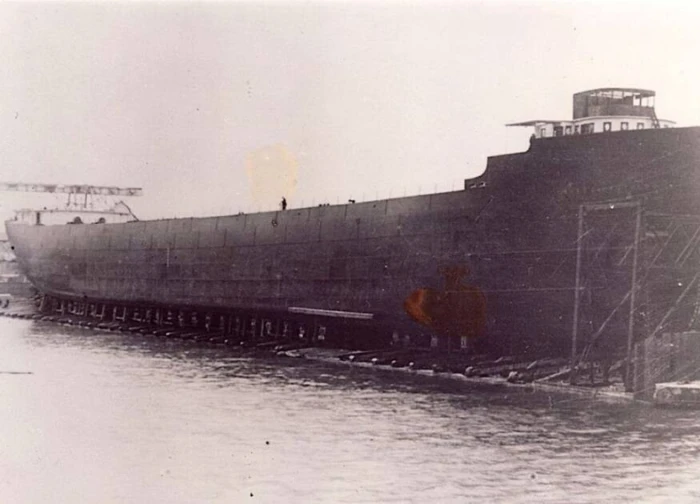
4 | 0 Discuss | Share

4 | 0 Discuss | Share
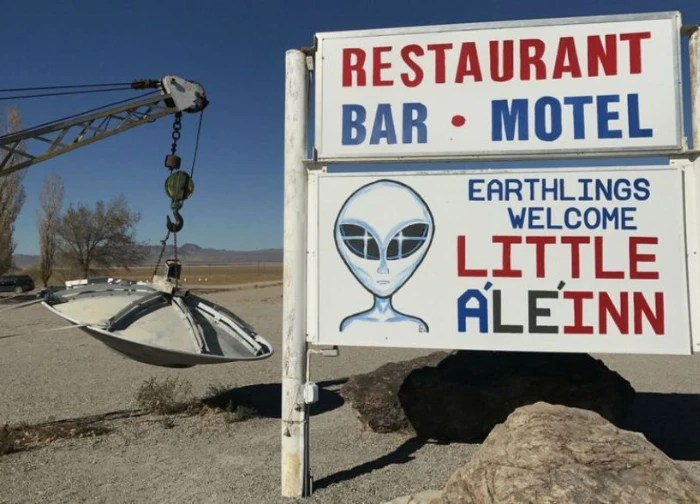
3 | 0 Discuss | Share
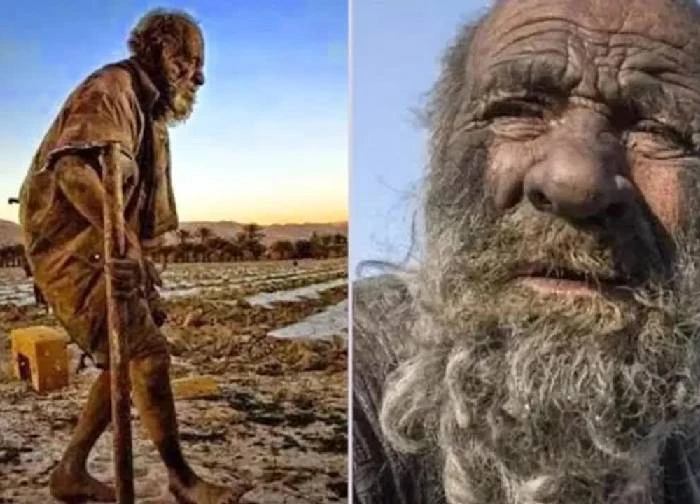
0 | 0 Discuss | Share

0 | 0 Discuss | Share
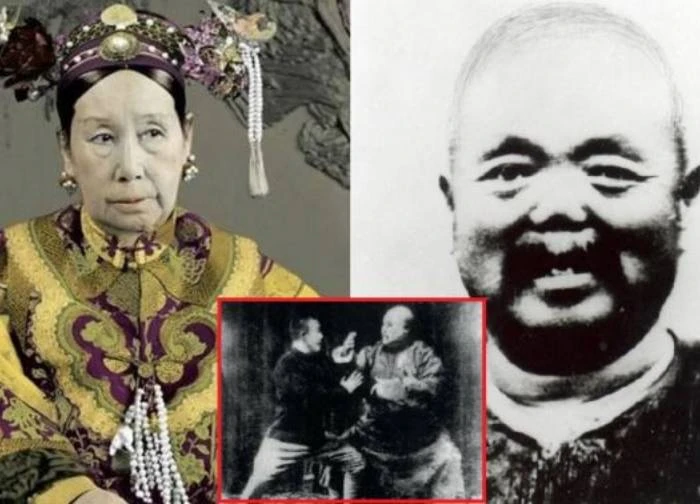
1 | 0 Discuss | Share

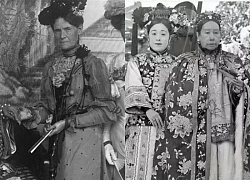


4 | 1 Discuss | Report